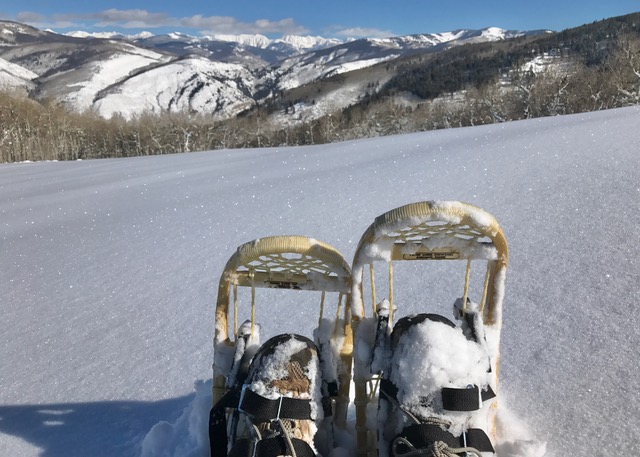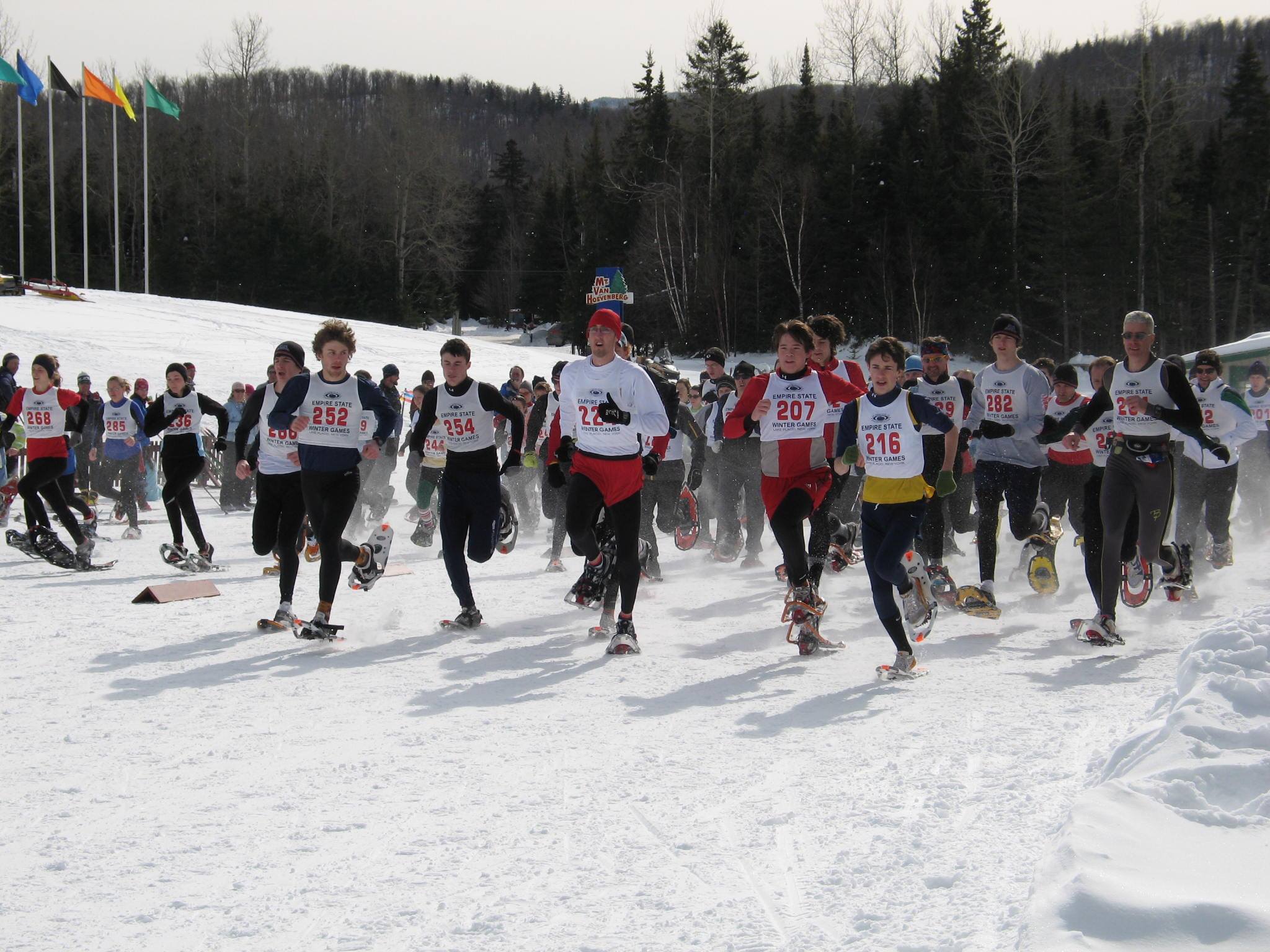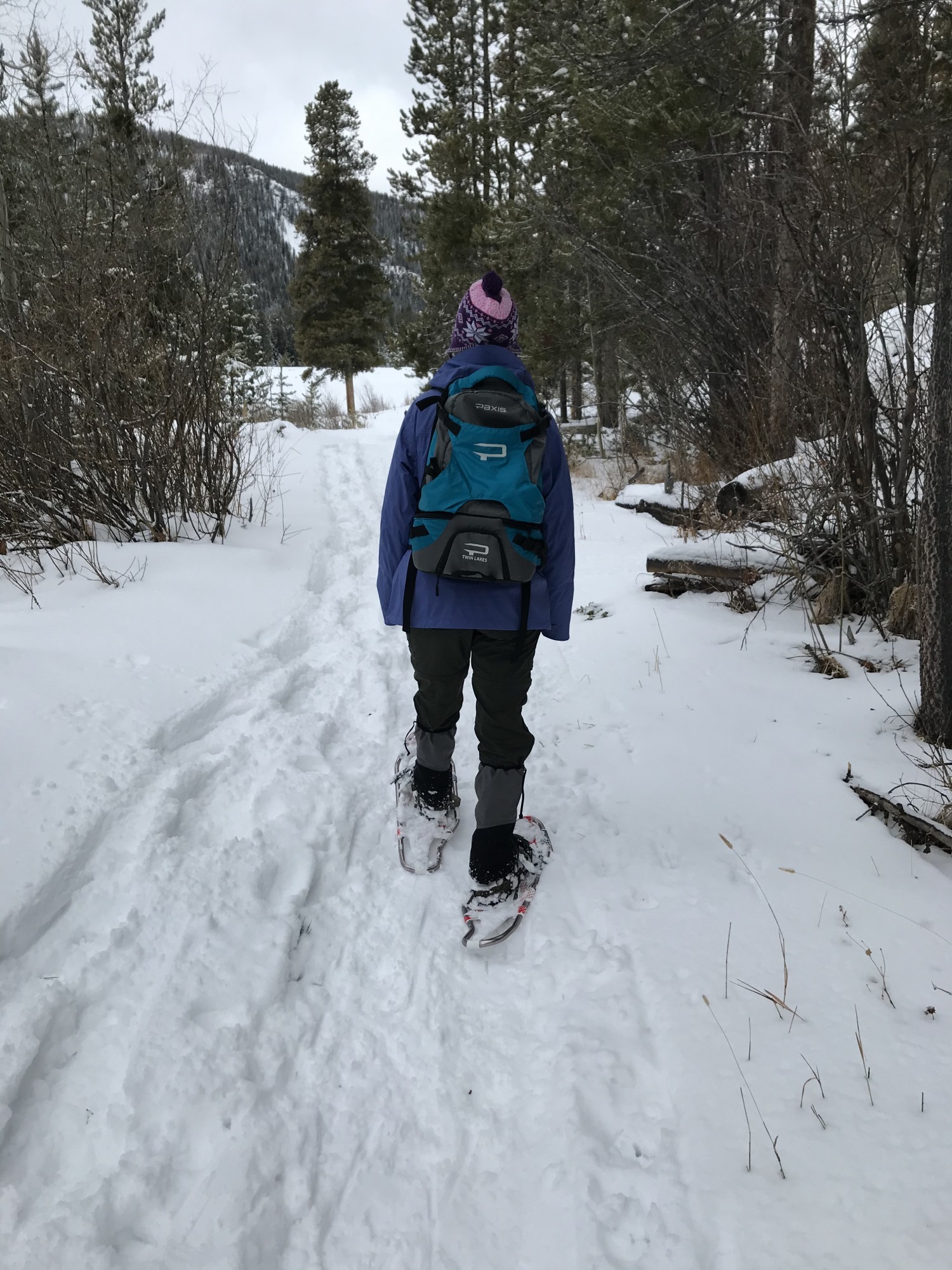~Vitamin C [Ascorbic Acid]
Vitamin C is a powerful antioxidant that performs a myriad of functions in your body. It mitigates the tissue and muscle damage from snowshoeing. it helps create collagen, L-Carnitine and neurotransmitters, metabolize protein, enhance immune function and iron absorption.
RDA is 90 milligrams for men and 75 milligrams for women. Plant sources include bell peppers, broccoli, cauliflower, guava, papaya, pineapple, oranges, cantaloupe, strawberries, kiwi, kohlrabi, turnip greens and tomatoes.
Everyone is at risk for vitamin D deficiency. Every cell in your body contains vitamin D receptors – which provides an indication of its importance.
It is estimated that 70-97 percent of the U.S. population is lacing in vitamin D.
Vitamin D is responsible for maintaining blood levels for calcium and phosphorous absorption. Vitamin D also supports your cardiovascular system and helps ensure smooth muscle contractions.
A cholesterol compound in your skin [7-dehydrocholesterol] is activated by UVB exposure and produces vitamin D. Sunshine is important to the production of vitamin D and its vital roles in regulating our endocrine system and sleep patterns.
Low vitamin D levels are linked to most chronic and degenerative diseases and some cancers.
Request a 25-hydroxyvitamin D test from your physician. Your blood level should be at least 35 ng/mL with optimum levels at least 50 ng/mL. Continue with a sun exposure regimen for at least two months after your results. It may be necessary to add a supplement if a deficiency still exists.
Vitamin D2 is a vegan source made from yeast. Vitamin D3 is derived from animals. Higher doses of D2 may be necessary to equal the D3 levels because of potential absorption issues but both versions effectively elevate the blood level.
RDA is 600 IU for everyone to age 70 and 800 IU for adults older than age 70. Sunshine is the best source with nutritional yeast and fortified plant milks viable options.
~Vitamin E
The antioxidant properties of vitamin E reduce the stress your body incurs from snowshoeing and thwarts oxidation. Vitamin E regulates an optimal ratio of HDL [good] and LDL [bad] cholesterol.
This ratio is vital to a snowshoer’s growth hormone production and regeneration during the recovery phase. It also monitors gene expression, immune function and related metabolic processes.
RDA is 15 milligrams for adult men and women. Plant sources include avocados, wheat germ/oil, flaxseed/oil, hemp oil, pumpkin seeds/oil, almonds, soybeans, olives and green leafy vegetables.
~Vitamin K
Vitamin K is all about blood clotting. It helps with bone metabolism, mitigates the breakdown of bone minerals and bolsters bone composition. Vitamin K channels nutrients to your heart for optimal function while snowshoeing.
RDA is 120 micrograms for men and 90 micrograms for women. Plant sources include leafy green vegetables, asparagus, broccoli, lentils, peas and pine nuts.
Add nuts, seeds, olives or avocados to your green vegetables to enhance absorption of the fat-soluble vitamins.
Minerals
Minerals are divided into two segments based on adequate intake [AI] requirements.
Macrominerals are known as “bulk elements” because your body requires at least 100 milligrams per day.
Microminerals are know as “trace elements” because 15 milligrams or less per day is required for optimal growth and development. These elements are positioned in your tissue.
Minerals come from the soil. You can bypass an unnecessary step in attaining more minerals by eating plant foods. There are nine essential trace elements – chromium, copper, iodine, iron, manganese, molybdenum, selenium, zinc, and fluoride.
Most of the minerals listed are easily acquired from plant-based sources; so, the focus here will be on calcium, iron and zinc due to absorption issues.
~Calcium
Snowshoers require calcium to ensure rhythmic heartbeats and proper muscle contraction in addition to bone density and repair. Blood clotting, nerve transmissions and the secretion of hormones and enzymes are additional tasks.
More than 95 percent of your body’s calcium is housed in your skeleton. Snowshoers require a higher intake because of the calcium lost via muscle contraction and perspiration. Muscle cramps and an irregular heartbeat may signify a deficiency.
It is more important how much calcium you absorb than how much you consume. Combine calcium with vitamin D to maximize absorption.
AI is 1,000 milligrams per day for men and women ages 19 to 50 and 1,200 milligrams after age 50. Plant sources include leafy green vegetables, broccoli, kale, turnip greens, collard greens, bok choy, dried figs, sesame seeds, tahini, beans, nuts, seeds and tofu.
Calcium supplements are often derived from oyster shells and dolomite, thus, ineffective. Combine the foregoing foods with plenty of exercise and you will have strong bones for a lifetime.
Iron deficiency is the most prevalent nutritive deficiency on the planet despite an abundance of the mineral. Iron levels are higher in plant-based diets.
Nearly two-thirds of the iron in your body is found in the protein of red blood cells [hemoglobin].
This critical to the snowshoer because hemoglobin transports oxygen from the respiratory organs to the tissue where nutrients are converted to energy.
Heme iron is found in animal flesh. It is absorbed better than nonheme [plant-based] iron.
Excess heme in the blood has been linked to insulin resistance and heart disease – due to the saturated fat, cholesterol, steroids, hormones and antibiotics accompanying the flesh.
Nonheme iron sources include spinach, beet greens, kidney beans, pinto beans, pumpkin seeds, tahini, dried apricots, and blackstrap molasses.Include vitamin C with your nonheme iron-rich food to improve absorption.
RDA is 8 milligrams daily for men ages 19 to 50 and 18 milligrams per day for women in the same age bracket. Decrease to 8 milligrams daily for men and women older than age 50.
Iron supplements promote oxidation which accelerates the impact of free radicals and increases your risk for chronic and degenerative diseases. Iron supplements may be a short-term solution under strict guidance of a health care professional only when a deficiency exists.
~Zinc
Zinc is required every day because of its role in metabolism, immune function, protein and DNA creation and muscle regeneration. It is recommended that herbivores increase their RDA by 50 percent due to phytates binding to zinc solely to hamper absorption.
RDA is 11 milligrams for men and 8 milligrams for women. Plant sources include cashews, almonds, kidney beans, peas and chick peas.
~Iodine
Thyroid hormone production depends on this mineral. It directly impacts the snowshoer because of its ability to maintain energy via protein fabrication and fat metabolism.
Iodine can be difficult to find in food. Iodine deficiency is a global public health concern. Snowshoers require more iodine because of high levels of it are lost just by sweating.
RDA is 150 milligrams daily for adults. Plant sources include navy beans, baked potato w/ peel, sea vegetables – especially dulse and kelp.
Experience the profound benefits of eating close to nature by choosing to integrate more of these foods into your life.
____________
Sources:
~”The Thrive Diet” by Brendan Brazier http://www.thethrivediet.com:
~“On Nutrition and Physical Performance” by Dr. Douglas N. Graham http://www.foodnsport.com;
~“Guide to Sports Nutrition” by OrganicAthlete / Bradley Saul – President http://www.organicathlete.org:
~The Plant-Based Dietitian / Julieanna Hever MS, RD, CPT http://www.plantbaseddietitian.com:
~”The Complete Idiot’s Guide to Plant-Based Nutrition” by Julieanna Hever MS, RD, CPT
http://www.plantbaseddietitian.com:
~Physicians Committee for Responsible Medicine http://www.pcrm.org









Leave a Comment